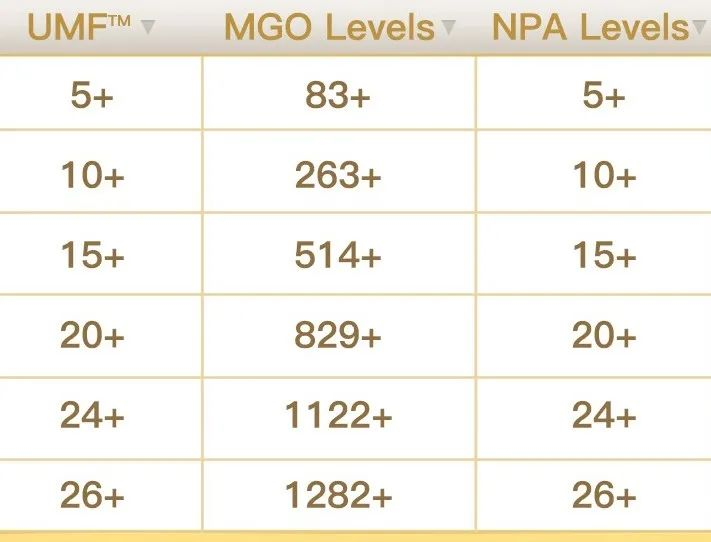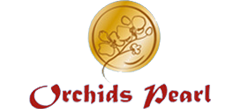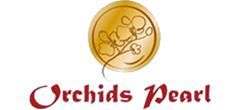About Manuka Honey
Manuka is a species of flowering plant (Leptospermum in Latin) that is endemic to New Zealand and Australia. It is a plant contains rich nectar that attracts and picked by bees, resulting a unique, rich honey with multiple health benefits. Australian and people of New Zealand believe this is the gift from Mother Nature.
Manuka honey is one of the most famous honeys in the world due to its natural and special health-benefits. It is a must-have health care product for every household.
According to scientific research, Manuka honey contains more than 70 times more natural chemical methylglyoxal (MGO) than ordinary honey, and is rich in active enzymes and plant phenols, so it has a highly stable natural antibacterial activity and antioxidant properties.
Manuka Honey in Australia
Australia has long hours of sunshine and a wide variety of Manuka flower species.
Australia has a rich source of high-quality Manuka honey, currently it accounts for 84 of the 87 known native Manuka flower species. A wide variety of manuka flowers and extended sunshine hours resulting Australian Manuka honey pure, complex and unique flavours.
Australia has a vast land and a vast area of Manuka vegetation. Orchids Pearl Manuka honey is produced in this pleasant climate, pure environment and fertile soil of Australia.
During the annual blooming season, the manuka flowers that grow in the undisturbed national forest reserve are in full bloom under the bright sunshine, and the blooming flowers attract swarms of wild bees to collect nectar.
· Australia has very healthy bees
The Australian Honeybee colonies are active in pristine Australian jungles, mainly in uninhabited national parks and forests. At the same time, honey producers must follow strict biosecurity progress, prohibiting the feeding of antibiotics to the bees and the use of pesticides in the hives.
As a result, Australia produces pure, natural and additive-free Manuka honey.
Different from ordinary honey, Orchids Pearl Australian Manuka honey has a natural honey fragrance, dark brown in colour, thick and rich texture. Displaying natural liquid in hot weather, and a dollop cream like texture in low temperature conditions, with golden-sand-like honey crystals.
· Grading system of Manuka Honey
Genuine Manuka honey requires laboratory testing, with measuring different units of activity or strength levels. Commonly used grading systems include:
MGO (Methylglyoxal) - Measurable methylglyoxal (MGO) content in Manuka honey. Higher MGO content means higher NPA.
NPA (Non-Hydrogen Peroxide Activity) - A measure of honey's unique bacteriostatic levels, this level represents the concentration of MGO. The higher the concentration, the higher the natural antibacterial activity of the Manuka honey.
UMF (Unique Manuka Factor) - is a grading system unique to the New Zealand Manuka Association and is used only to measure Manuka honey products produced in New Zealand. It is a rating standard obtained by comprehensively assessing the levels of Unique Manuka Factor, DHA and MGO.
Reference chart between UMF MGO and NPA:






